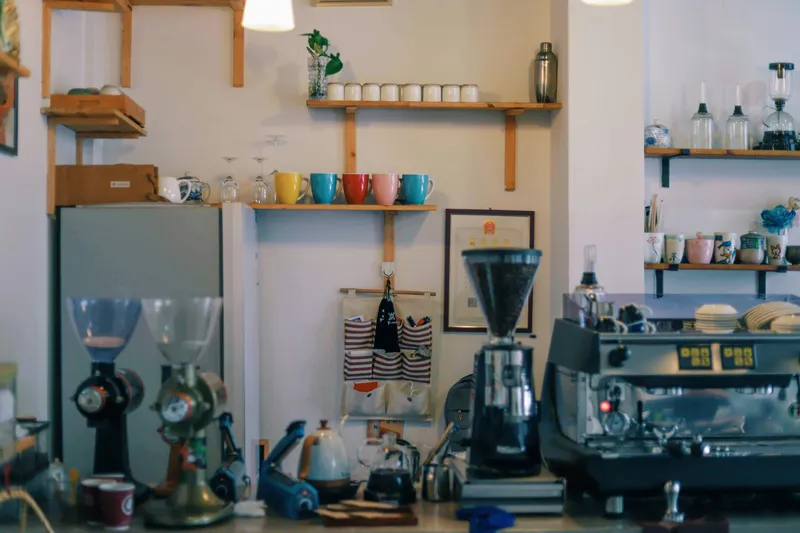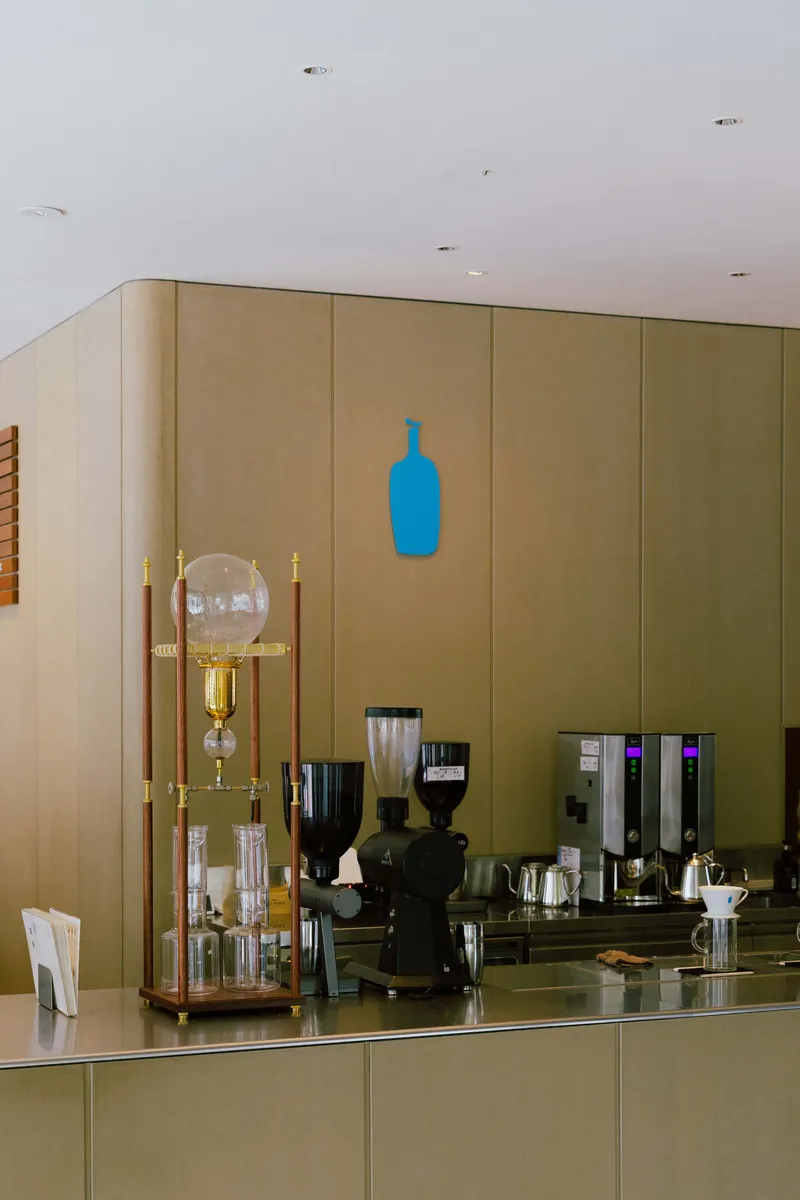Seasonal drinks are a creative and profitable way for specialty coffee shops to surprise regulars, attract new customers, and boost sales during holidays and special occasions. From pumpkin spice lattes to summer cold brew spritzers, these offerings showcase your café’s personality and skill.
But there’s a catch — without a solid process for creating, documenting, and sharing seasonal drink recipes, you risk inconsistency, staff confusion, and frustrated customers. A beautifully balanced maple latte one day shouldn’t taste overly sweet or weak the next.
In this guide, we’ll walk you through how to standardize seasonal drink recipes so your team delivers quality and consistency every time—no matter who’s on shift.
1. Why Seasonal Drinks Need Standardization
Seasonal drinks often come with unique ingredients, preparation steps, and specific presentation styles. If your team isn’t aligned on the exact recipe, these drinks can quickly become inconsistent—affecting your café’s reputation.
Without clear documentation, seasonal recipes are:
- Misinterpreted by different baristas
- Lost when a team member leaves
- Difficult to reproduce across multiple locations
- Hard to train new hires during busy seasons
Standardization protects your brand while allowing your creative drinks to shine.
2. Start with Testing and Tasting
Before rolling out any seasonal drink, invest time in recipe development. Experiment with ingredient ratios, extraction methods, and garnish options until the flavor and presentation hit your desired profile.
Once finalized:
- Document every detail — espresso dose, milk type, syrup amounts, garnish placement
- Host team tastings — get feedback and ensure everyone understands the flavor target
- Refine based on feedback — even seasonal drinks need version control
3. Write Clear, Repeatable Recipes
Your seasonal recipe should be just as detailed as your core menu recipes. Include:
✅ Ingredient list with exact quantities (in grams or ml)
✅ Preparation steps in order
✅ Milk texture descriptions (microfoam, silky, dense)
✅ Serving vessel and garnish
✅ Expected yield or final drink volume
4. Use Digital Tools for Easy Access and Updates
Relying on paper printouts or word-of-mouth instructions is risky, especially for seasonal drinks that evolve year after year. With digital recipe management tools like Brewspace , you can:
- Store and share seasonal recipes with your team in real time
- Make updates instantly when adjustments are needed
- Include visual aids to guide plating or latte art
- Track version history to review changes year over year
Digital access ensures every barista, whether on the morning shift or weekend crew, follows the same recipe—improving consistency and reducing errors.
5. Train Your Team Before Launch
Don’t let your seasonal menu drop without proper team training. Schedule:
✅ Group training sessions
✅ Hands-on practice rounds
✅ Tasting notes discussions
Make sure every barista feels confident executing the drink. The more aligned your team is, the smoother your seasonal launch will run.
6. Collect Feedback and Refine
Once your seasonal drinks are live, check in regularly with your team:
- Is the recipe working during busy hours?
- Are customers loving it?
- Do any steps need simplification?
Use feedback to refine the recipe and update your digital library, making next year’s seasonal rollout even smoother.
Final Thoughts
Seasonal drinks are where creativity meets craft—but without proper recipe management, they can quickly turn into operational headaches. By standardizing your seasonal recipes, documenting them clearly, and sharing them easily, you protect your café’s quality and brand.
Platforms like Brewspace make seasonal drink management effortless. Assign tasks, share recipes instantly, and ensure every barista knows exactly how to execute — all from one digital workspace.



